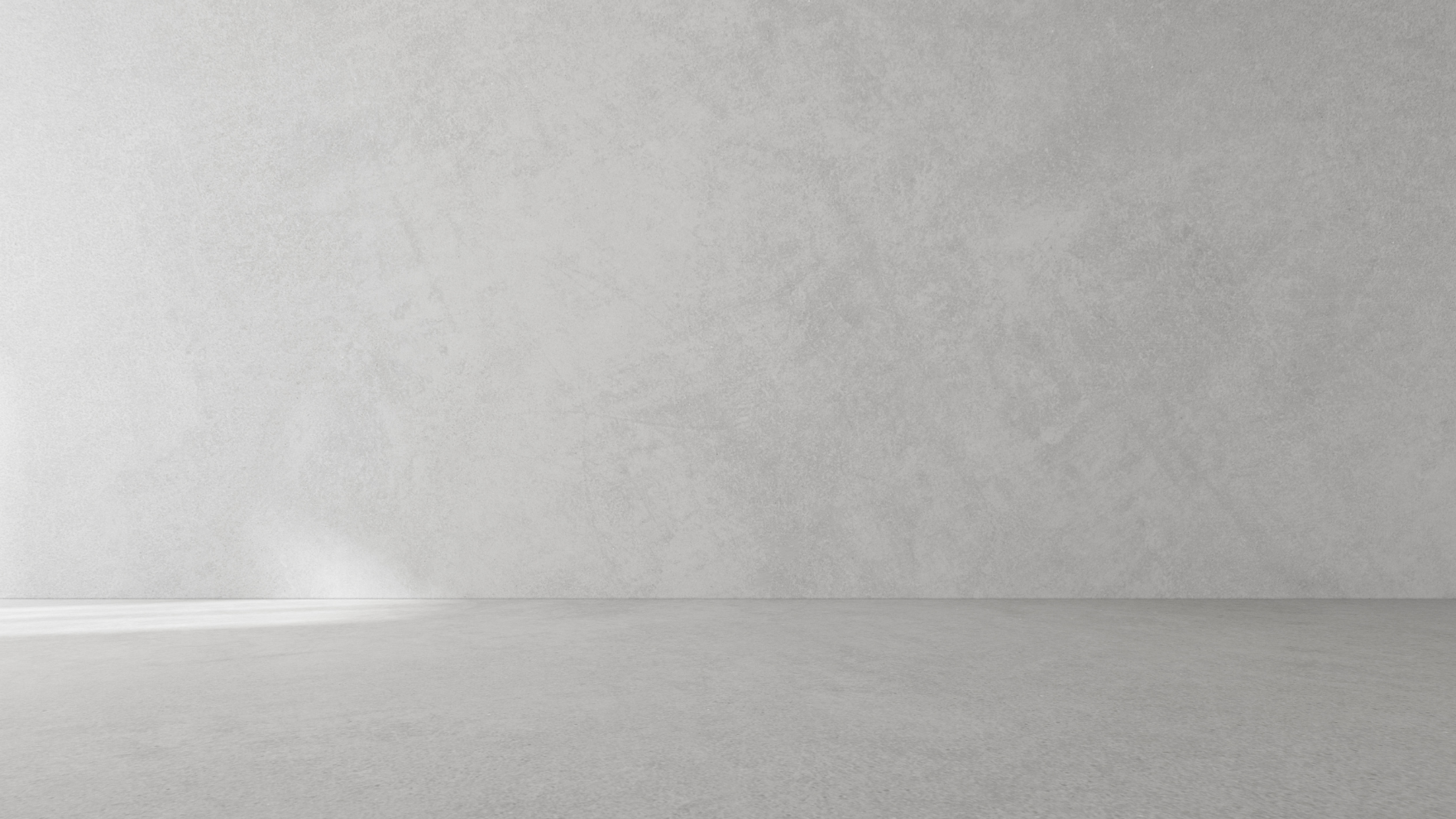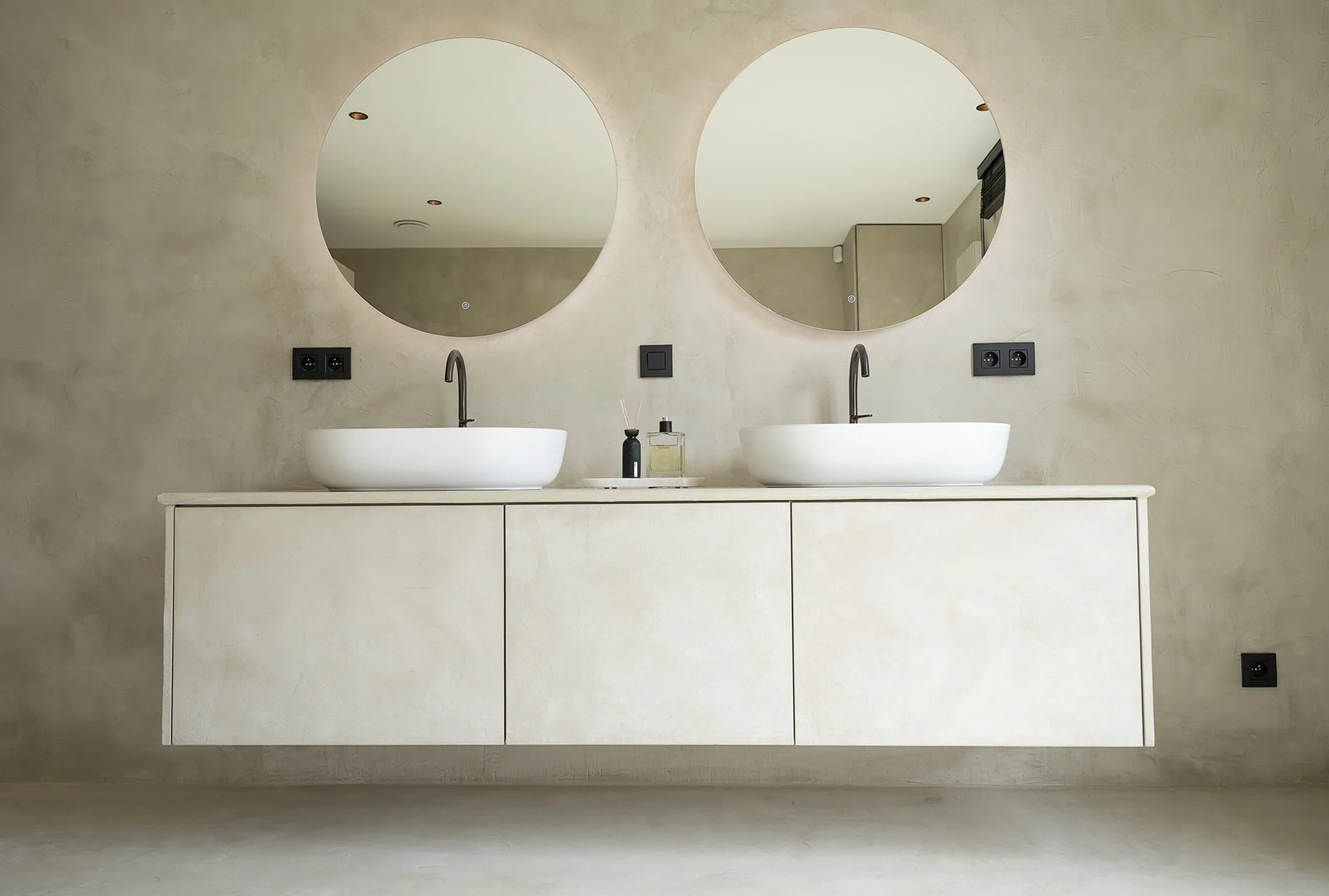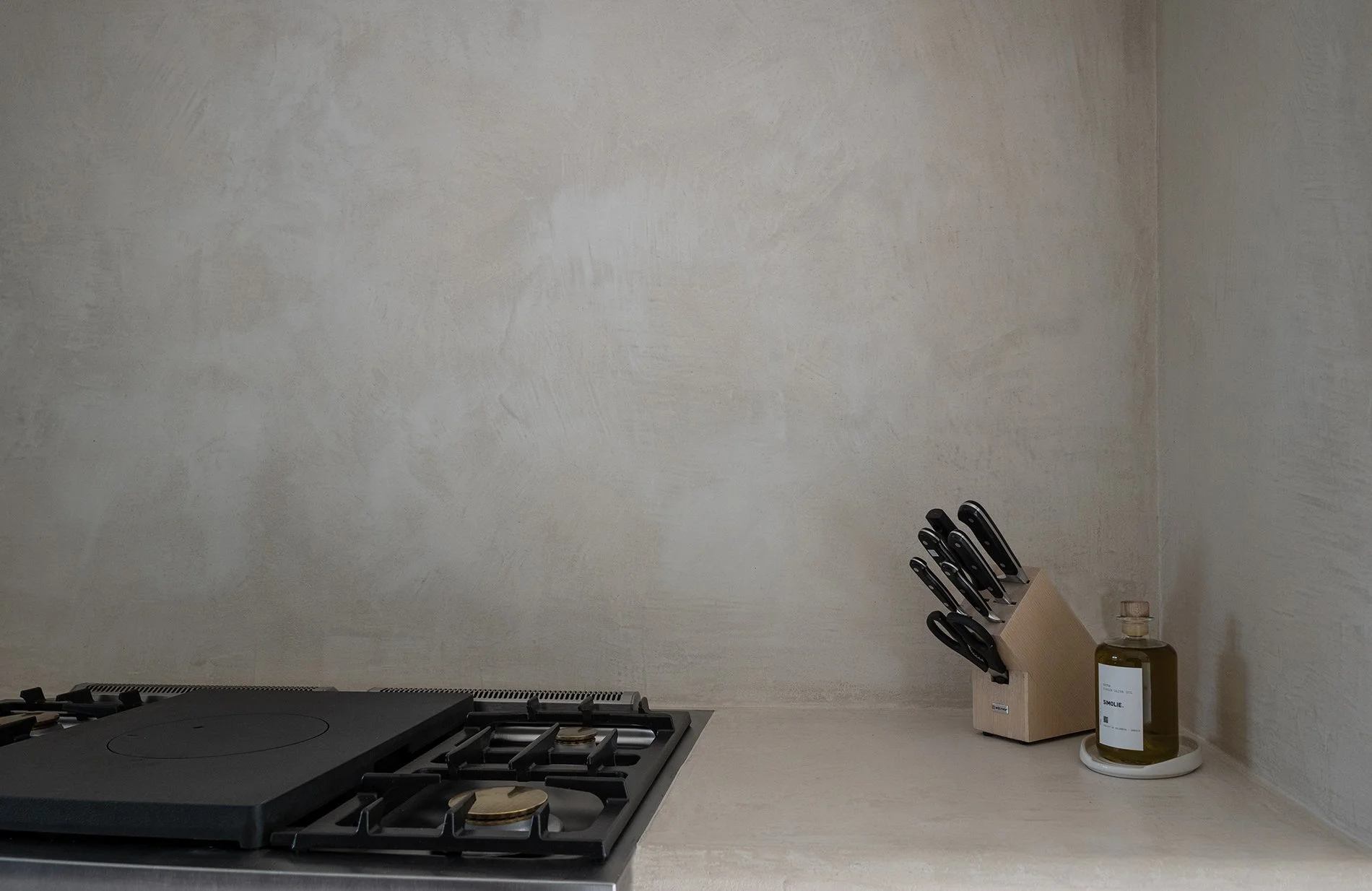
Microcement Maintenance Guide
Microcement is becoming a popular choice across the United States for both residential and commercial projects. Its seamless, durable, and versatile finish makes it ideal for floors, walls, ceilings, and joinery — inside or out. But like any premium surface, proper care is essential to keep it looking its best.
This guide covers daily cleaning tips, how to prevent stains and scratches, do’s and don’ts — all tailored for homeowners and commercial teams alike.
← Back to our Microcement Hub
Daily Cleaning Tips
Microcement surfaces are easy to maintain, but the right products make all the difference. The best cleaning products to use on microcement are:
A pH-neutral cleaner with warm water
Microfiber mops and soft cloths
External flooring can be hosed down with low- or high-pressure washing equipment.
Tips for daily cleaning include:
Avoid harsh chemicals. Stay away from bleach, ammonia, and acid-based cleaners (commonly sold in the US as “heavy-duty” cleaners), which can strip the protective seal.
Don’t use abrasive materials like steel wool, scouring pads, or stiff brushes.
Immediately wipe up spills from acids, certain bath/hair products, and boiling oil.
Mop/hose down floors regularly to keep them free of dirt and grit.
Preventing Stains & Scratches
Microcement is resilient and strong, resisting scuffs, stains and scratching with a bit of light upkeep (as outlined above). But there are ways to extend its lifespan and prevent wear over time, including:
Furniture protection: Add felt pads to chairs, sofas, and table legs — widely available at hardware stores like Home Depot or Lowe’s.
Don’t drag heavy items: Always lift when moving furniture.
Entryway mats: Place rugs near doors to reduce dirt and grit from shoes (especially helpful in snowy or sandy regions).
Spill control: Act fast on liquids like hair products with intense chemicals, highly acidic foods/urine, and boiling hot oil.
Seal properly: Ensure your applicator applies a reliable protective sealer (for certain high-traffic areas, talk to your installer about resealing every 2–3 years).
Do’s & Don’ts with Microcement Surfaces
Do’s:
Do clean with neutral, non-abrasive products.
Do use coasters, cutting boards, and trivets in the kitchen.
Do ensure thorough sealing so that water and other stains don’t penetrate into the cement.
Do promptly clean chemical/acidic spills like purple shampoo, fake tan, citrus, or urine.
Don’ts:
Don’t use vinegar or lemon-based cleaners (common natural alternatives — but too acidic).
Don’t put hot pans and appliances directly on the surface — same goes for boiling oil.
Don’t drag furniture on top of microcement flooring without felt pads and protectors.
Don’t cut directly on countertops with knives or sharp tools.




Microcement Maintenance FAQ
How often should I clean microcement floors?
We recommend light cleaning daily or every few days in commercial spaces, using a microfiber mop and pH-neutral cleaner with water if needed. For most households, a weekly clean is sufficient to keep floors in top condition.
Can I use vinegar or bleach on microcement?
No — both vinegar and bleach are too harsh for microcement. Vinegar is acidic and can eat into the protective seal, while bleach can discolor the surface. Always stick with neutral, non-abrasive cleaners.
What should I do if my microcement develops a scratch or scuff?
Minor scratches and scuffs can often polished out using a fine-grit sandpaper or a micro-abrasive pad, then resealed to restore protection. For deeper scratches, patching is straightforward — it involves applying a thin layer of fresh microcement, blending it into the surface (which is easy given that trowel marks are already a natural feature in the finish), and reseal so the repair is virtually invisible.
Is microcement good for wet areas?
Yes — microcement is water-resistant when sealed, and when preceded by a waterproofing membrane is perfectly suitable in kitchens, bathrooms, and other wet areas like showers and pools.
Can I place hot pans or appliances on microcement countertops?
Microcement is heat-resistant, and can be used on surfaces like rangehoods and fireplace surrounds — or even as flooring over underground heating. However, resting something boiling hot on top of the surface can damage the sealer. We recommend you use trivets or heat mats.
Will microcement stain easily?
When sealed properly, microcement is resistant to stains. However, spills like citrus, oil, and certain shower/bath products should always be wiped up quickly to prevent absorption into the sealer (especially if the sealer wasn’t applied thoroughly).

